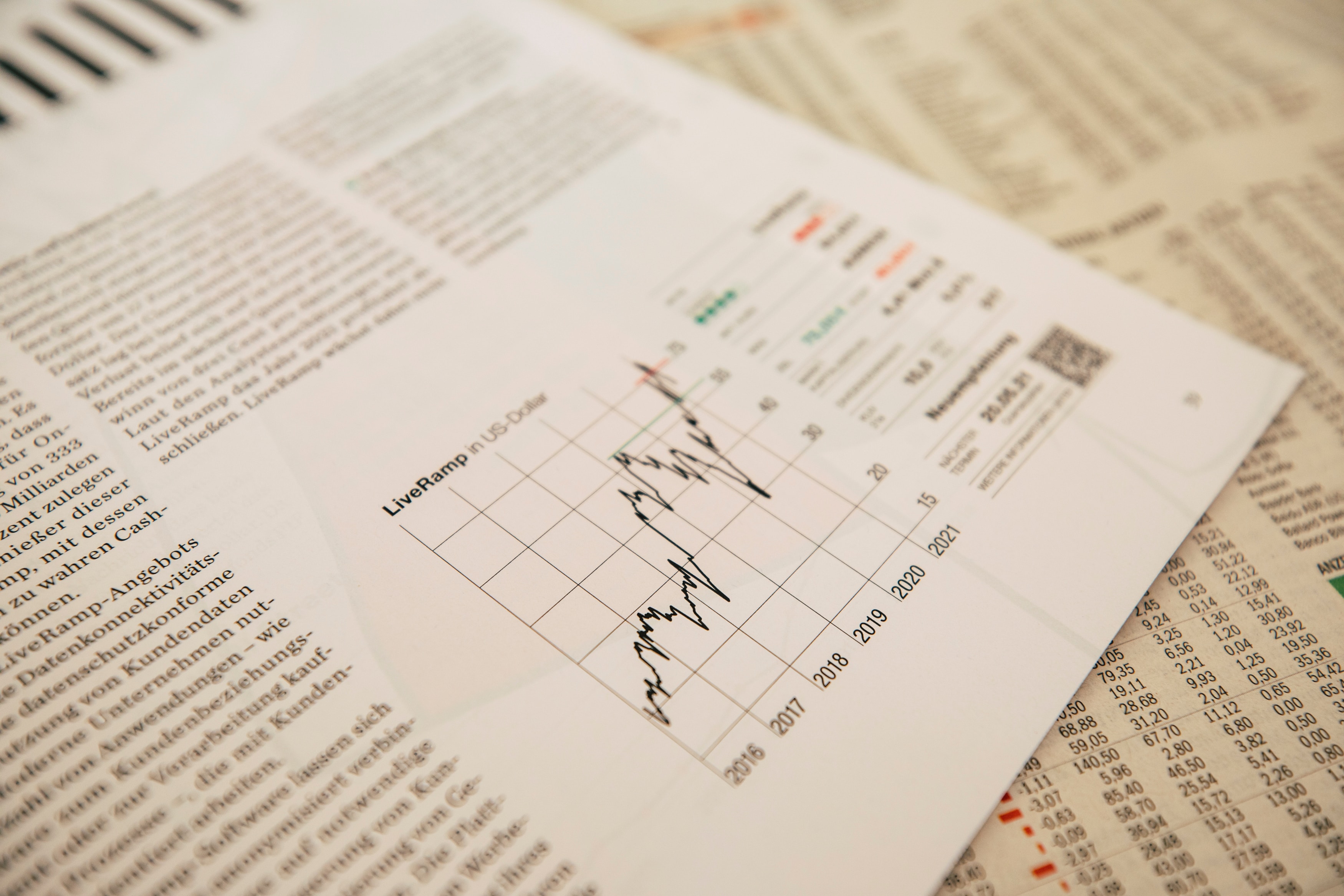Deadlines for disclosures under the Corporate Sustainability Reporting Directive (CSRD) are coming in quickly. Here’s what companies should look out for as they prepare to disclose how sustainability issues impact their business and how their operations, in turn, affect people and planet.
Note: Since this insight was published, the EU Commission proposed amendments to some core sustainability reporting legislation as part of the EU Omnibus package (26 February 2025). The proposed amendments have now entered the EU’s legislative process. Until then, they remain under consideration. We will update these pages as the EU Parliament approves and confirms any changes. Find out more here.
In a bid to harmonise sustainability disclosures, the EU has introduced the most extensive reporting mandate to date: the Corporate Sustainability Reporting Directive (CSRD). 50,000 companies across the EU are expected to fall within its reach. Another 10,000 companies worldwide.
The first set of companies have just a few months until their detailed disclosures are due. Yet even companies that have until 2026 will need to act now if they want to be confident in meeting their CSRD obligations on time.
Who needs to report when? A CSRD timeline.2
Are companies ready?
This in-depth reporting is new territory for many. Few have had the processes and staff capacity to report on such a wide array of environmental, social and governance (ESG) themes. Others have had to deal with data discrepancies or a lack of data.
As a result, an assessment of affected companies indicated that only half of the surveyed EU companies (including Norway and Switzerland) demonstrated readiness for CSRD reporting by the end of 2023. Those from non-EU jurisdictions showed even lower levels of preparation, with 30% of UK companies, 22% of US companies, 27% of Canadian companies, and 27% of Japanese companies deemed ready to report on CSRD by 2025. A more recent survey from PwC paints a more positive picture; still, 1 in 4 companies due to report by 2025 remain less confident in their disclosure readiness.
CSRD readiness: What to look out for
Reporting across ESG criteria can appear overwhelming, but a few things can make CSRD reporting easier. Here are the lessons companies can draw on from those whose disclosures are due in 2025 and turn the Corporate Sustainability Reporting Directive into a valuable tool to transition to a more sustainable and resilient business.
1. Internal coordination
The directive encourages close cross-functional coordination between your finance, procurement, operations, HR, and sustainability teams. Aligning these departments can prove difficult, especially when handling conflicting priorities and data management processes. Simultaneously, non-experts will need to learn to look at ESG topics through a strategic lens, compelling you to close the corporate sustainability skills gap beyond your internal sustainability team.
"CSRD reporting requires buy-in from outside my sustainability team. We are looking to upskill more employees and increase the understanding of the directive across the company. This has been time intensive." — Retail company from the Netherlands
CSRD requires coherent and joined-up thinking. To establish a robust internal foundation for reporting:
- Set up a cross-functional team as the internal CSRD taskforce and identify who should be involved.
- Ascertain the basics, including timelines, key milestones, responsibilities, meetings and communication channels. This will prevent miscommunication and help you maintain oversight from the highest level.
- Raise awareness of the directive among management and your wider staff. You can, for example, integrate CSRD reporting into key performance indicators, so data collection becomes part of your employees’ day-to-day responsibilities.
- Train your taskforce on sustainability issues and CSRD disclosure requirements, so everyone understands the data needed to make this process more efficient in the long run. Not only does a better understanding create more internal buy-in into the process, but it can also create a sense of responsibility to improve data and define shared goals.
- Standardise data management and break down silos by defining the key metrics and tools your company will use for CSRD data capturing.
2. Data collection
CSRD aims to provide high-quality sustainability information across companies. The data requirements can, therefore, seem extensive. Yet the level of detail the directive necessitates – especially on the climate change standard – will impact your suppliers too and will ultimately uncover helpful insights, inform operational and sustainability strategies, and deepen supplier relationships.
To achieve these insights, your company will need to take a closer look at the indirect emissions across its value chain under new CSRD rules. Our recent research found that inconsistencies in carbon footprinting and the lack of comparable data on emissions within supply chains pose significant challenges. However, with the dedication of an internal taskforce, this time investment will create long-term value in your sustainability and operational strategies.
"The Corporate Sustainability Reporting Directive is a data-driven operation. The issue is that there is currently limited sharing of data with our suppliers and between industry partners. This type of collaboration will need to be led by an independent third party." — Retail company from the Netherlands
To manage such vast amounts of data effectively:
- Determine what data is acceptable under CSRD rules and what data you already have. CSRD seeks transparency on processes, assumptions and areas for improvement, less so perfect data.
- Categorise data by mapping your value chain, focusing on more material components. Identify the areas for which you have robust data first, only then move on to address the data that is missing.
- Conduct a double materiality assessment. This will help you prioritise sustainability topics with a financial or impact materiality and justify non-material exclusions.
- Identify internal and external stakeholders and contacts to capture and fill data gaps. Discuss CSRD with suppliers and partners to make sure the data and level of detail required is clear to all. Incorporating data clauses in your contracts with suppliers can be a helpful starting point.
- Ease internal pressure with phased data collection. You could begin by collecting high-quality data of your most material activities or focus on issuing individual reports for each legal entity in year one rather than a single consolidated global report.
3. Alignment with other frameworks and a Net Zero transition plan
Sustainability disclosures aren’t anything new per se due to rising investor and shareholder expectations, but CSRD aims to make sustainability reporting more uniform across organisations. Your company may therefore have reported against a range of existing frameworks, including the Global Reporting Initiative (GRI), the Task Force on Climate-related Financial Disclosures (TCFD), or the Sustainability Accounting Standards Board (SASB) before and can cross-reference disclosures with these existing frameworks.
To improve the reliability of sustainability disclosures and ensure comparisons can be drawn, the EU Corporate Sustainability Reporting Directive mandates alignment with the European Sustainability Reporting Standards (ESRS). The challenge for your internal CSRD taskforce now lies in collating all this data from existing frameworks and updating sustainability reporting methodologies and boundaries where necessary.
Where CSRD differs from other frameworks is in its emphasis on looking ahead. Your company is pushed to consider future performance and transitional risks in the next five to ten years and beyond. Indeed, CSRD expects companies at a more advanced stage in their sustainability journey, with 1.5C reduction targets, to provide corresponding climate transition plans. These plans must outline how your business will remain resilient against potential risk scenarios.
To meet the reporting expectations of regulators and investors alike:
- CSRD is designed to be interoperable with all major climate change reporting frameworks, so specify which frameworks your company is already reporting against and see where they align.
- Most major reporting frameworks with a climate focus, such as CDP, have created comparison analyses against the CSRD requirements. This will help you develop a unified, efficient reporting process that meets various standards and saves time in the long run.
- Consider CSRD disclosures not just as a regulatory requirement, but as a strategic opportunity
to align your organisation’s wider strategy with your climate transition plans. - Confirm your existing sustainability targets are robust and based on correct methodology.
- Define short-term milestones to track progress and ensure accountability.
- Integrate climate risk into your transition plan, identifying potential impacts and mitigation strategies.
How companies can navigate CSRD with the Carbon Trust
As your CSRD reporting becomes more proficient, discussions and time spent on what to report on and which parameters to measure will vanish over time. In the meantime, there are several preparations your company can put into place to make your CSRD disclosures easier and integrated across everyday activities.
The Carbon Trust experts help your business become CSRD-compliant and, throughout the process, gain valuable insights that will lay out the next steps of your transition journey. These insights build the foundation to enact real change, futureproof your company and promote sustainable corporate behaviour, ultimately preparing for the Corporate Sustainability Due Diligence Directive that is coming into force. With our expertise in carbon footprinting, supply chain engagement, science-based targets and climate risks and opportunities we empower you to not only meet compliance requirements but also thrive in a sustainable future.
1 Listed SMEs can opt out for two years until 2029.
2 A 2023 survey across 14 EU countries revealed that 70% of respondents will soon be subject to the CSRD. Of those, 8% of respondents would be subject to CSRD in 2025, 48% subject in 2026, and 14% subject over the 2027-2029 expansions.





